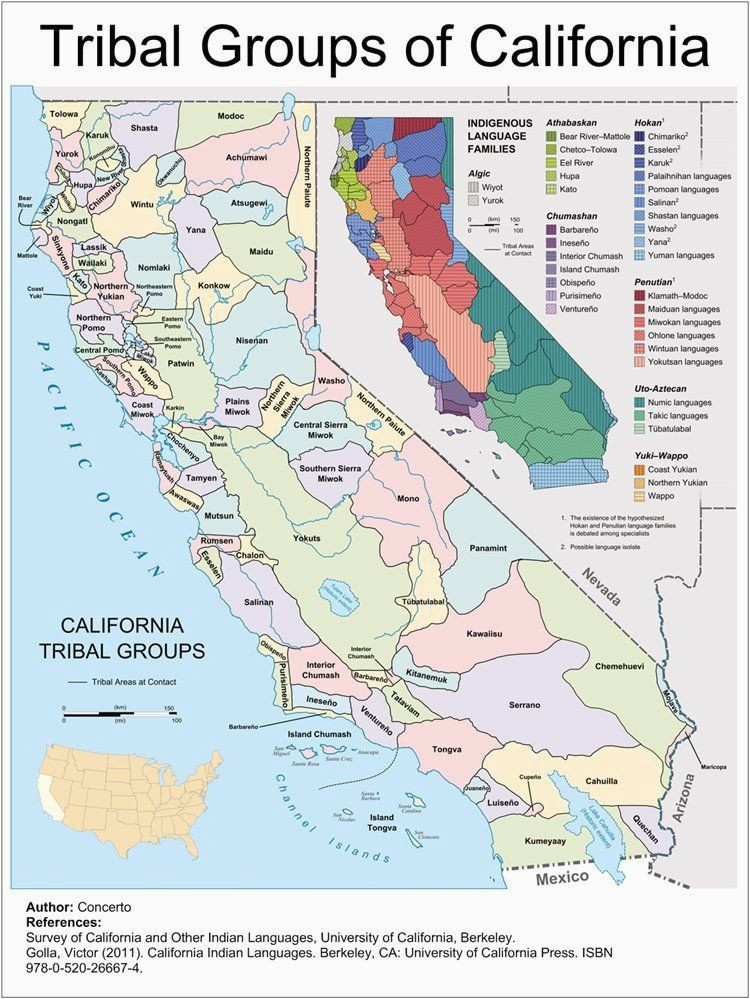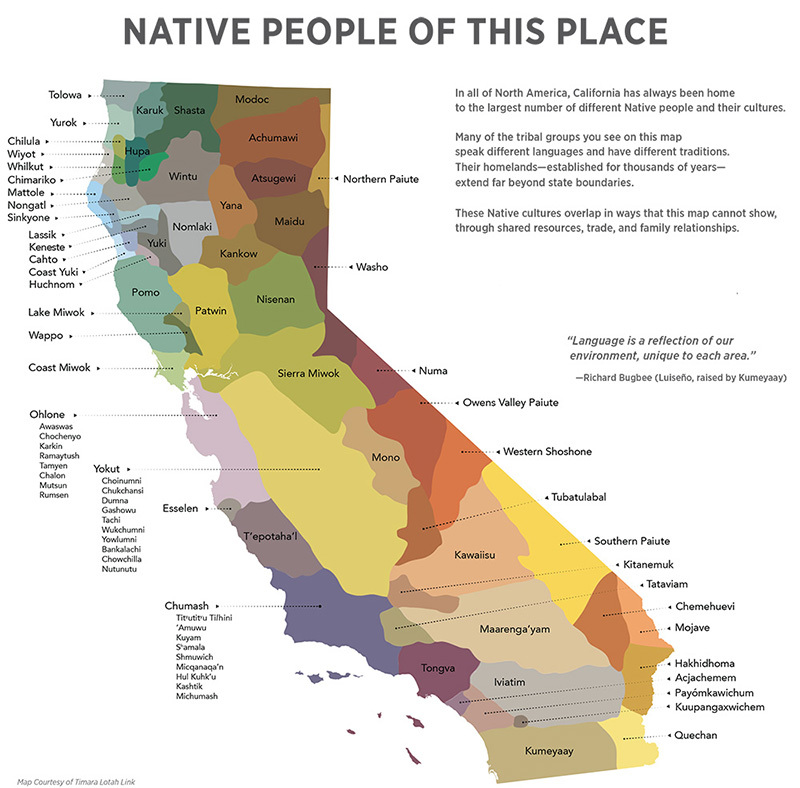California’s Native Treasures: Unraveling the Tapestry of Tribes
California’s Native Treasures: Unraveling the Tapestry of Tribes

California, the Golden State, is renowned for its sun-kissed beaches, towering redwoods, and bustling cities. But beneath this glittering surface lies a rich and vibrant history, woven by the hands of its original inhabitants – the Native American tribes. For centuries, these tribes thrived in this diverse land, adapting to its unique ecosystems and developing intricate cultures that have left an indelible mark on California’s identity.
A Land of Diverse Tribes:
Related Articles: California’s Native Treasures: Unraveling the Tapestry of Tribes
- Discover the Heart of Northern California: A Journey Through Indian Reservations
- Discover the Native Roots of Frisco: Unveiling the History of Its Indigenous Tribes
- Delve into the Heart of Native American Heritage: Discover the Enchanting Indian Reservations of Oklahoma City
- Unveiling the Ancestors of California: Discover the First Native American Tribes
- Unveiling the Heart of North Dakota: A Journey into Indian Reservations
California, with its vast landscapes, ranging from the snow-capped Sierra Nevada to the arid deserts, supported a remarkably diverse array of Native American tribes. It’s estimated that over 100 distinct tribes, speaking over 100 different languages, called California home before European contact. Each tribe, shaped by its unique environment, developed its own customs, traditions, and languages, creating a tapestry of cultures unlike any other in North America.
From the Coastal Shores to the Mountain Peaks:
The tribes of California were not confined to a single way of life. Some, like the Chumash, thrived along the coast, relying on the bounty of the ocean for sustenance. Their intricate knowledge of marine life and skilled seafaring abilities allowed them to navigate the Pacific waters, harvesting fish, shellfish, and marine mammals.
Others, like the Miwok, lived in the Sierra Nevada foothills, their lives intertwined with the rhythms of the forest. They were expert hunters and gatherers, relying on acorns, berries, and deer for sustenance. Their intimate knowledge of the forest allowed them to thrive in this challenging environment, using the natural resources wisely and sustainably.
The Impact of European Colonization:
The arrival of European colonists in the 16th century marked a devastating turning point for California’s Native tribes. Disease, displacement, and forced assimilation decimated their populations, disrupting their traditional ways of life and eroding their cultural heritage. Many tribes were forced onto reservations, confined to small parcels of land, their ancestral lands taken away.
Resilience and Revival:
Despite the hardships they faced, California’s Native tribes have demonstrated remarkable resilience. They have fought for recognition of their rights, for the preservation of their culture, and for the return of their ancestral lands. Today, there are over 100 federally recognized tribes in California, each with its own unique story and struggle.

Exploring the Rich Tapestry:
To truly understand California’s history and culture, it’s essential to learn about its Native tribes. Here are a few of the most prominent tribes in the state:
1. Chumash:
- Location: Central Coast, primarily Santa Barbara County
- Culture: Known for their intricate knowledge of marine life, their skilled artisanship, and their unique form of pictograph art.
- Key Features: Their distinctive "totem poles" (which are actually carved wooden posts) depicting various animals and spirits, and their intricate basket weaving techniques.

2. Miwok:
- Location: Sierra Nevada foothills, spanning from Lake Tahoe to the San Francisco Bay Area
- Culture: Known for their skilled basket weaving, their use of obsidian tools, and their oral traditions.
- Key Features: Their intricate basketry, often woven with colorful beads and feathers, and their traditional dance ceremonies, which often involve elaborate costumes and masks.

3. Yurok:
- Location: Northern California, along the Klamath River
- Culture: Known for their intricate fishing techniques, their elaborate wood carving, and their rich oral traditions.
- Key Features: Their distinctive "plank houses" made of redwood planks, their traditional fishing weirs, and their intricate carving of redwoods, often depicting mythical creatures and stories.
4. Maidu:
- Location: Northern California, in the Sierra Nevada foothills
- Culture: Known for their skilled basket weaving, their intricate beadwork, and their unique language.
- Key Features: Their distinctive "cone-shaped baskets," woven from willow and other native plants, and their traditional dances, often performed in elaborate costumes and accompanied by drums and flutes.
5. Cahuilla:
- Location: Southern California, in the Coachella Valley and surrounding mountains
- Culture: Known for their skilled basket weaving, their intricate beadwork, and their unique language.
- Key Features: Their distinctive "feather baskets," woven with feathers and other natural materials, and their traditional dance ceremonies, which often involve elaborate costumes and masks.
The Importance of Recognition:
It’s crucial to recognize and acknowledge the contributions of California’s Native tribes to the state’s history and culture. By learning about their traditions, their struggles, and their resilience, we can gain a deeper understanding of the rich tapestry of California’s past and present.
A Call to Action:
As we celebrate the diversity and vibrancy of California’s Native tribes, it’s also important to recognize the ongoing challenges they face. From the fight for land rights to the preservation of their cultural heritage, they continue to strive for recognition and respect. By supporting their efforts, by learning about their history and culture, and by engaging with their communities, we can play a vital role in ensuring their continued survival and prosperity.
FAQ: What Indian Tribe is in California?
1. What are the most prominent Native American tribes in California?
California is home to over 100 federally recognized tribes, each with its own unique history, culture, and language. Some of the most prominent tribes include the Chumash, Miwok, Yurok, Maidu, and Cahuilla.
2. How many Native American tribes were in California before European contact?
It’s estimated that over 100 distinct tribes, speaking over 100 different languages, called California home before European contact.
3. What are some of the key cultural features of California’s Native tribes?
California’s Native tribes were known for their diverse cultures, including skilled basket weaving, intricate beadwork, elaborate wood carving, unique languages, and rich oral traditions.
4. What are some of the challenges faced by California’s Native tribes today?
California’s Native tribes continue to face challenges such as the fight for land rights, the preservation of their cultural heritage, and the ongoing impact of colonization.
5. How can I learn more about California’s Native tribes?
There are many resources available to learn more about California’s Native tribes, including museums, historical societies, tribal websites, and educational institutions. You can also visit tribal lands, attend cultural events, and support organizations that work to preserve Native American culture.
Conclusion:
California’s Native tribes are an integral part of the state’s history, culture, and identity. Their stories, their struggles, and their resilience are a testament to the enduring spirit of the human experience. By acknowledging their contributions, by learning about their cultures, and by supporting their efforts, we can ensure that their legacy continues to thrive for generations to come. Let’s celebrate the rich tapestry of California’s Native tribes and honor their enduring presence in the Golden State.

Closure
Thus, we hope this article has provided valuable insights into California’s Native Treasures: Unraveling the Tapestry of Tribes. We hope you find this article informative and beneficial. See you in our next article!

